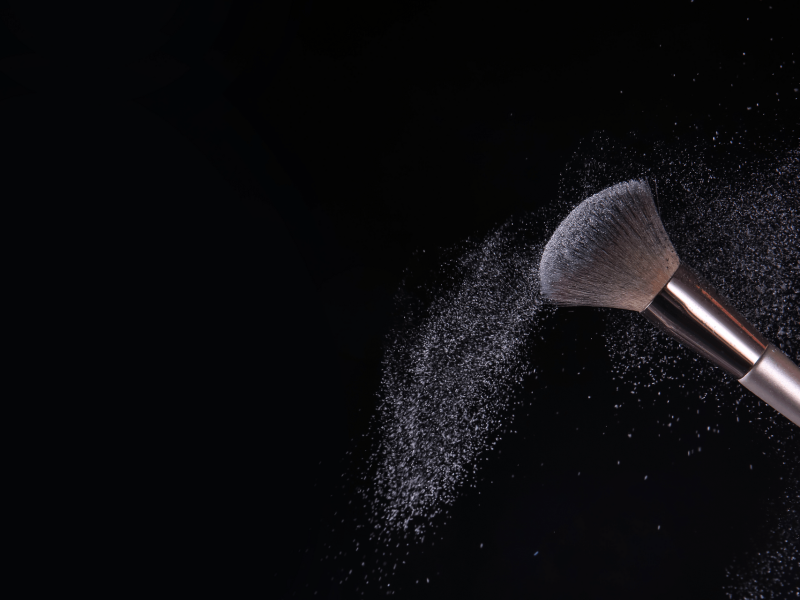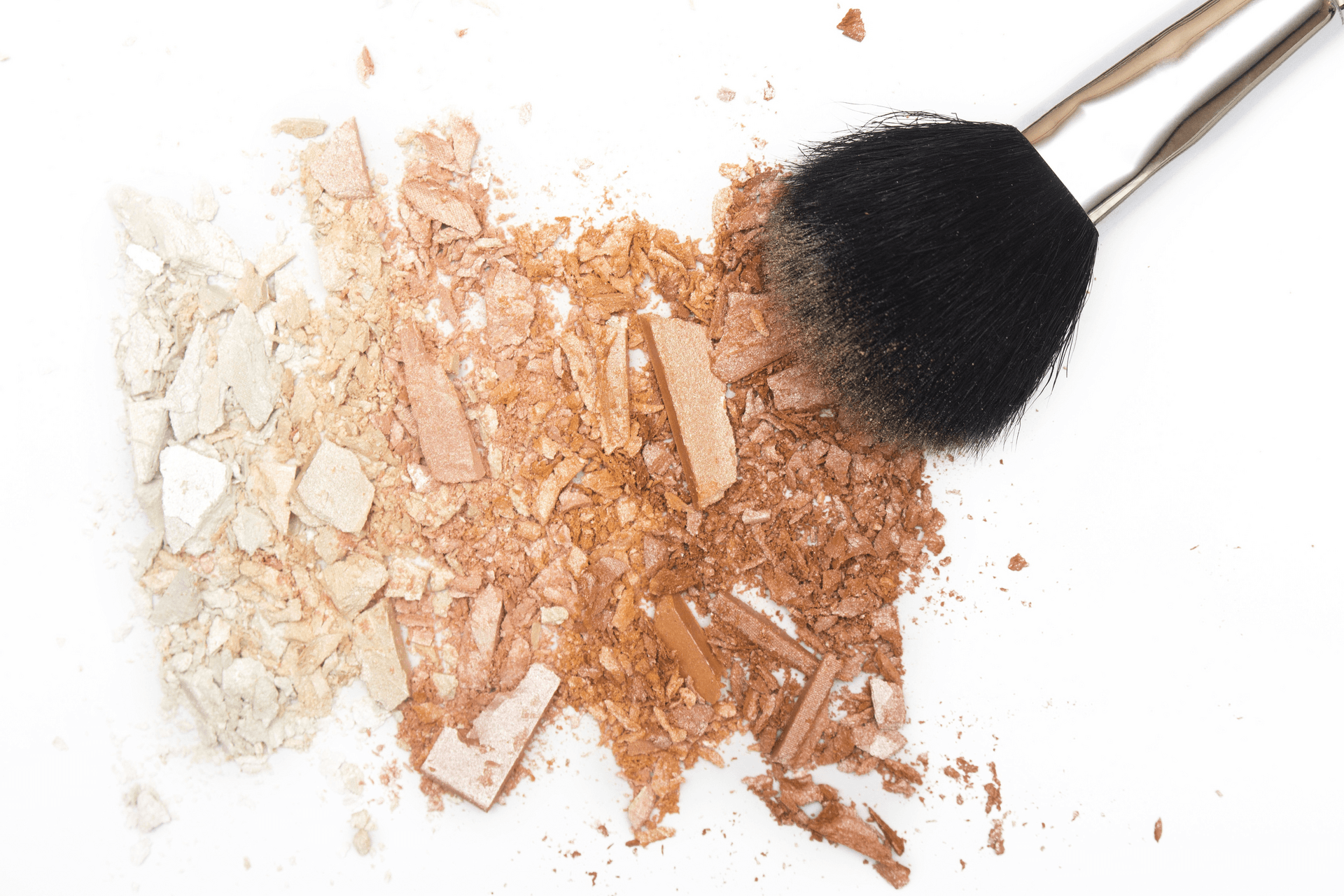
Chemical Properties, Applications, and Benefits in Personal Care and Industrial Products
Abstract
Ethylene Glycol Distearate (EGDS), a compound formed by the esterification of ethylene glycol with stearic acid, is an important surfactant and emulsifier widely used in various industries, particularly in the personal care, cosmetics, and household products sectors. EGDS is known for its ability to impart a distinct pearlescent appearance to products, enhance viscosity, and provide skin and hair conditioning properties. This article delves into the chemical structure, properties, synthesis, and applications of EGDS, with a focus on its uses in liquid detergents, cosmetics, and other related products. The article also explores the mechanism by which EGDS forms pearlescent luster, its compatibility with other surfactants, and its benefits in skin and hair care.
1.Introduction
Ethylene Glycol Distearate (EGDS) is a widely utilized surfactant and emulsifier, especially in the formulation of pearlescent liquid detergents, shampoos, and other personal care products. Known for its ability to create a pearlescent effect in products, EGDS plays a significant role in the personal care industry. Its applications extend to household cleaning products, as well as industrial applications due to its surfactant properties.
Chemically, EGDS is an ester of ethylene glycol and stearic acid. It is primarily synthesized by reacting ethylene glycol with stearic acid in a controlled esterification process. This compound, when incorporated into formulations, is able to provide a visually appealing pearlescent effect while enhancing the viscosity and stability of products. Its excellent compatibility with other surfactants further enhances its utility in diverse applications, making it an important ingredient in a wide range of products.
2.Chemical Nature and Structure of Ethylene Glycol Distearate
Ethylene Glycol Distearate is an ester compound, with the chemical formula C20H40O4. It consists of two stearic acid molecules esterified to a single ethylene glycol molecule. The stearic acid components are long-chain fatty acids (C18) that contribute to the hydrophobic properties of the compound, while the ethylene glycol portion imparts hydrophilic characteristics. The chemical structure of EGDS, with both hydrophobic and hydrophilic groups, makes it an effective surfactant.
The compound’s ability to form crystalline structures when cooled is a key factor in its pearlescent effect. Upon heating, EGDS dissolves in surfactant blends and emulsifies; as the mixture cools, the formation of lens-shaped crystals occurs, imparting the characteristic shimmering, pearlescent luster. This structural transformation plays a vital role in the aesthetic appeal of products that contain EGDS.
3.Synthesis and Manufacturing of EGDS
The synthesis of Ethylene Glycol Distearate typically involves a two-step process: esterification followed by cooling and crystallization. In the first step, ethylene glycol reacts with stearic acid under heat and pressure to form EGDS. This esterification reaction is usually catalyzed by either sulfuric acid or a metallic catalyst. Once the esterification is complete, the product is cooled, and the formation of pearlescent crystals is observed.
During the cooling process, the ethylene glycol and stearic acid molecules arrange themselves into crystal lattices that reflect light in a way that produces the pearlescent effect. The size and shape of these crystals can vary depending on the cooling rate and formulation, which influences the final appearance and properties of the product.

4.Applications of Ethylene Glycol Distearate
4.1. Personal Care and Cosmetics
Ethylene Glycol Distearate is widely used in the formulation of personal care products, particularly in shampoos, body washes, and liquid soaps. Its ability to form a pearlescent luster is one of the main reasons for its popularity in these applications. EGDS enhances the visual appeal of products by providing them with a shiny, iridescent appearance that is often associated with luxury and quality.
In addition to its aesthetic properties, EGDS contributes to the viscosity of the formulations. It thickens the product, giving it a creamy texture that improves application and spreadability. This viscosity-enhancing property is particularly beneficial in products such as shampoos, conditioners, and liquid soaps, where a smooth, rich texture is desired.
Moreover, EGDS plays a role in conditioning the skin and hair. Its emulsifying properties help to maintain the stability of the product while preventing separation of the ingredients. EGDS is known for its mildness, meaning it is non-irritating to the skin and scalp, which makes it suitable for use in sensitive skin formulations. It also provides moisturization to the skin and helps to reduce static electricity in hair, contributing to improved manageability.
4.2. Household and Industrial Applications
Beyond personal care, Ethylene Glycol Distearate finds utility in a variety of household and industrial applications. It is commonly used in liquid detergents to enhance both the aesthetic quality and performance of the product. The pearlescent effect it imparts to cleaning products improves their visual appeal, which is a significant factor in consumer purchasing decisions. Additionally, EGDS helps to stabilize formulations and maintain the viscosity of liquid detergents.
EGDS is also utilized in some industrial formulations, particularly in the preparation of emulsions and dispersions. Its ability to stabilize and thicken solutions makes it useful in manufacturing products where emulsification is essential, such as in certain lubricants and waxes. EGDS is also used as a binder or thickener in various formulations, helping to maintain product consistency.
4.3. Compatibility with Other Surfactants
One of the key advantages of EGDS is its excellent compatibility with other surfactants. This property makes it highly versatile, as it can be easily incorporated into a wide range of product formulations without compromising the effectiveness of other active ingredients. Whether combined with anionic, cationic, or nonionic surfactants, EGDS helps to improve the overall texture, stability, and performance of the final product.
For instance, EGDS can be combined with anionic surfactants to enhance the emulsifying and foaming properties of shampoos and body washes. It can also work well with nonionic surfactants to improve the pearlescent effect while maintaining product stability. This compatibility allows for more flexible formulation options, making EGDS an essential component in the formulation of high-quality personal care products.
5.Benefits and Properties of Ethylene Glycol Distearate
5.1. Pearlescent Effect
The most distinctive property of EGDS is its ability to produce a pearlescent effect. This effect is achieved through the formation of fine crystalline structures upon cooling, which reflect light and create an iridescent appearance. The pearlescence enhances the visual appeal of the product, providing it with a luxurious and high-end look that appeals to consumers. EGDS is known to create a stronger pearlescent effect compared to other similar compounds like Ethylene Glycol Monostearate (EGMS), which produces a finer, more subdued pearlescence.
5.2. Skin and Hair Conditioning
EGDS offers several benefits for skin and hair care. As a mild and non-irritating compound, it is suitable for use in formulations designed for sensitive skin. It helps to moisturize and condition the skin, making it soft and smooth. For hair, EGDS can help to nourish and protect, reducing static electricity and improving manageability. These properties make it an ideal ingredient in shampoos, conditioners, and moisturizers.
5.3. Viscosity Enhancement and Stability
EGDS contributes significantly to the viscosity of formulations, providing them with a smooth, creamy texture. This viscosity-enhancing property is crucial in products like shampoos and liquid soaps, where ease of application and consistency are important. Furthermore, EGDS helps to stabilize formulations, preventing phase separation and ensuring the uniform distribution of ingredients.
6.Safety and Environmental Impact
Ethylene Glycol Distearate is generally considered to be safe for use in personal care products, with low toxicity and no significant irritation to the skin. It is non-comedogenic, meaning it does not clog pores or contribute to acne formation. Moreover, EGDS is biodegradable and environmentally friendly, making it a preferable choice in formulations aimed at reducing environmental impact.
While EGDS is safe in the concentrations typically used in personal care products, it is essential to follow recommended usage levels to ensure safety and efficacy. In high concentrations, like many surfactants, it could potentially cause mild skin irritation or discomfort in sensitive individuals. However, in standard formulations, it is widely regarded as safe.
7.Conclusion
Ethylene Glycol Distearate (EGDS) is an essential compound in the formulation of personal care products, household cleaning products, and industrial emulsions. Its ability to form a pearlescent effect, enhance viscosity, and provide skin and hair conditioning benefits makes it a versatile and valuable ingredient. Its compatibility with other surfactants and mild nature further increases its importance in the industry. As consumer demand for high-quality, aesthetically pleasing, and effective products continues to grow, EGDS will remain a key component in meeting these needs.
Given its broad range of applications, stable properties, and safety profile, EGDS is poised to remain a key ingredient in the formulation of a variety of consumer goods, from cosmetics and personal care to household cleaning products.
